Although it’s common to wash all dark-colored laundry together, it may be a good idea to separate navies, dark purples, and other dark shades from blacks and browns. This will prevent the latter two dyes from darkening the rest of the load. Using a dark laundry detergent also helps to keep the colors from fading.
Sort by Fabric
Besides separating your laundry according to color, it’s also important to sort based on fabric. This can actually do wonders in maintaining the quality of your clothes, even though it seems like an extra step.
In the washing machine, your clothes constantly make contact with each other throughout the entire wash cycle. Heavy-duty pieces such as jeans, for instance, tend to be abrasive and may therefore cause a good deal of damage to the more delicate fabrics.
Before you toss a pile into your washing machine, make sure to double-check the tags and set aside any pieces that are meant to be hand washed or dry cleaned only. Then you can move on to separating your clothes into denim, delicates, and fabrics that you wear daily. Further measures you can take to protect your clothes include removing items from pockets, securing zippers and buttons, and turning knitwear and embellished clothes inside out.
Bed Linens
When washing duvet covers, pillowcases, and other bed linens, consider checking the care label for any specific instructions. In most cases, however, you should be using the warmest setting for the water temperature. Comforters, however, need to be washed in a high-capacity washer that’s large enough for them to tumble and agitate. If the washing machine you have doesn’t accommodate your comforters, consider taking them to a local laundromat.
Towels
As with other categories, you‘ll want to separate bright-colored towels from white or light-colored ones to prevent the colors from transferring or fading. It's usually best to use a warm water setting when washing towels. Towels are also known to produce lint, which is why it’s best to avoid washing them with other types of clothing. You can, however, wash them along with blankets and robes as long as the entire pile is colorfast.
Delicates
Delicate fabrics such as silk, lingerie, and embellished clothes should be washed according to the instructions of the care tag — certain pieces may even be labeled as hand wash or dry clean only. Should you be using the washing machine, however, make sure not to mix certain fabrics such as cashmere with lace, or knitwear with polyester; doing so might ruin their shape.
Another way to protect your delicates is by washing them in a mesh garment bag with the washing machine set to a gentle cycle. Wool, on the other hand, may require a special type of detergent and specific settings (typically cold water and a gentle cycle). When in doubt, consider washing your woolen clothes by hand.
Dark Denim
Consider washing barely soiled jeans on their own while turned inside out. Make sure to set the machine to a gentle or delicate cycle. You may also want to use cold water to prevent the denim from possibly shrinking. If you’re washing them with other items, ensure that the colors are similar.
Dark Sportswear
Sportswear and other high-performance clothes are known to be susceptible to bacteria that cause odors. Using cold water and mild detergent can help to prevent unpleasant smells that linger even after washing.
Dailywear
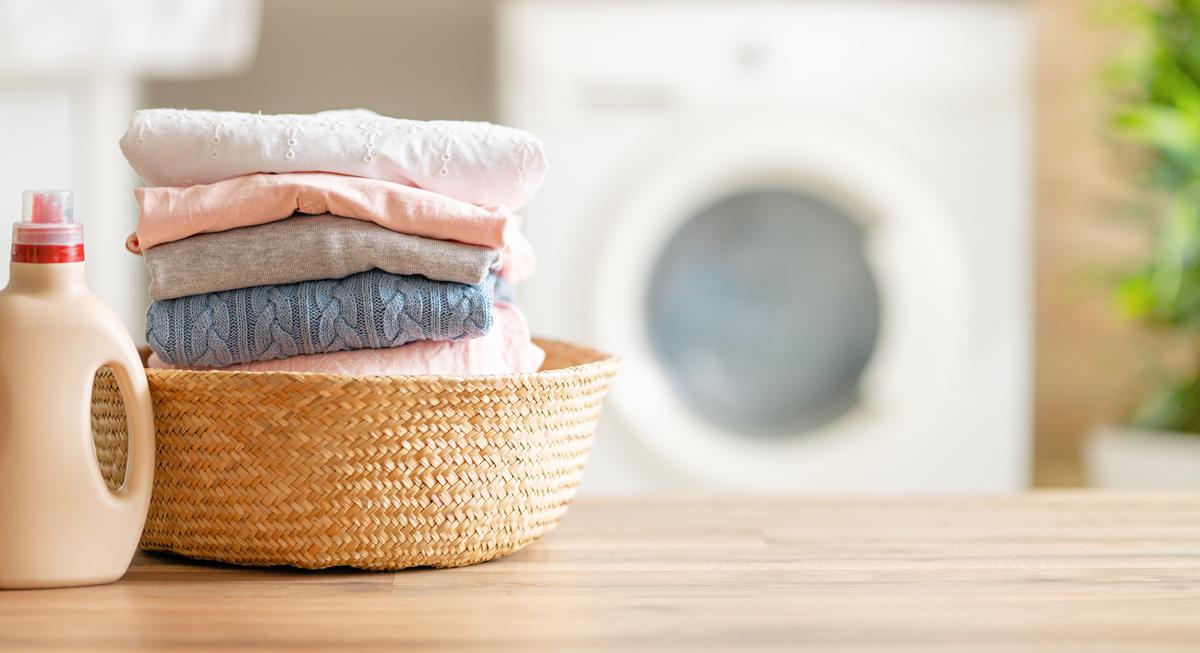
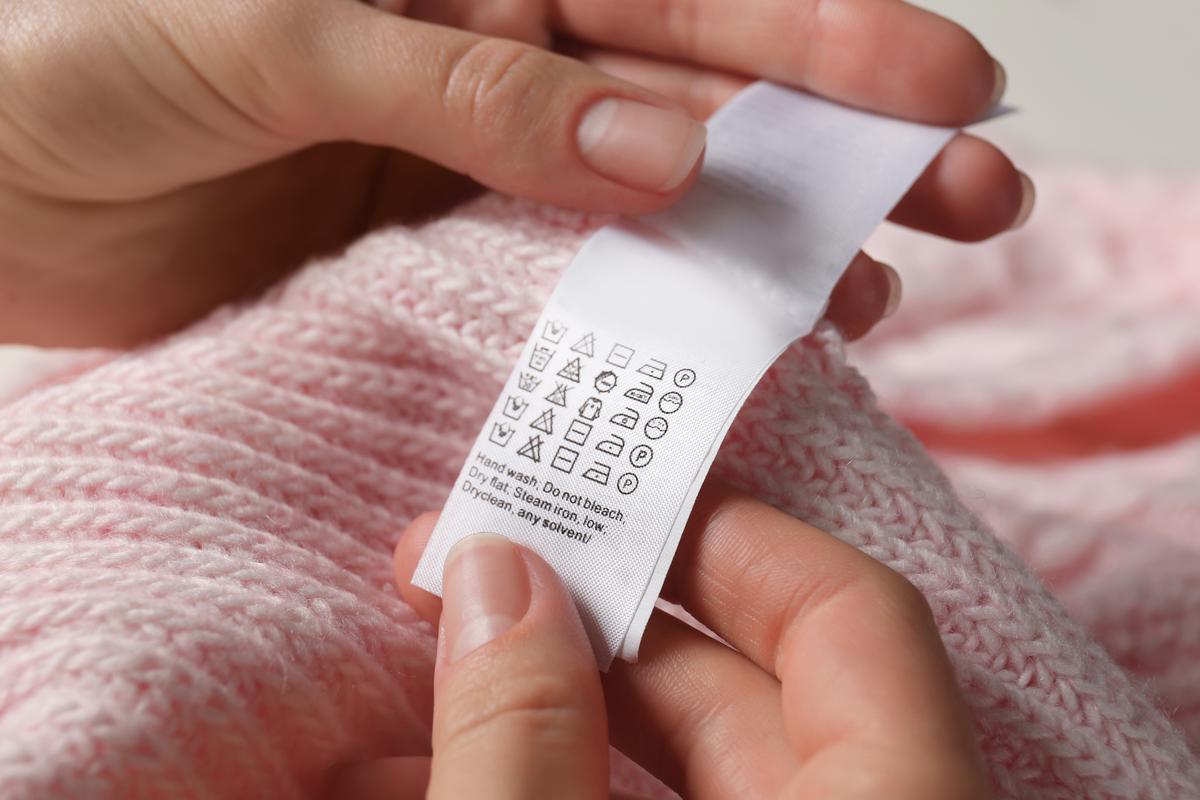
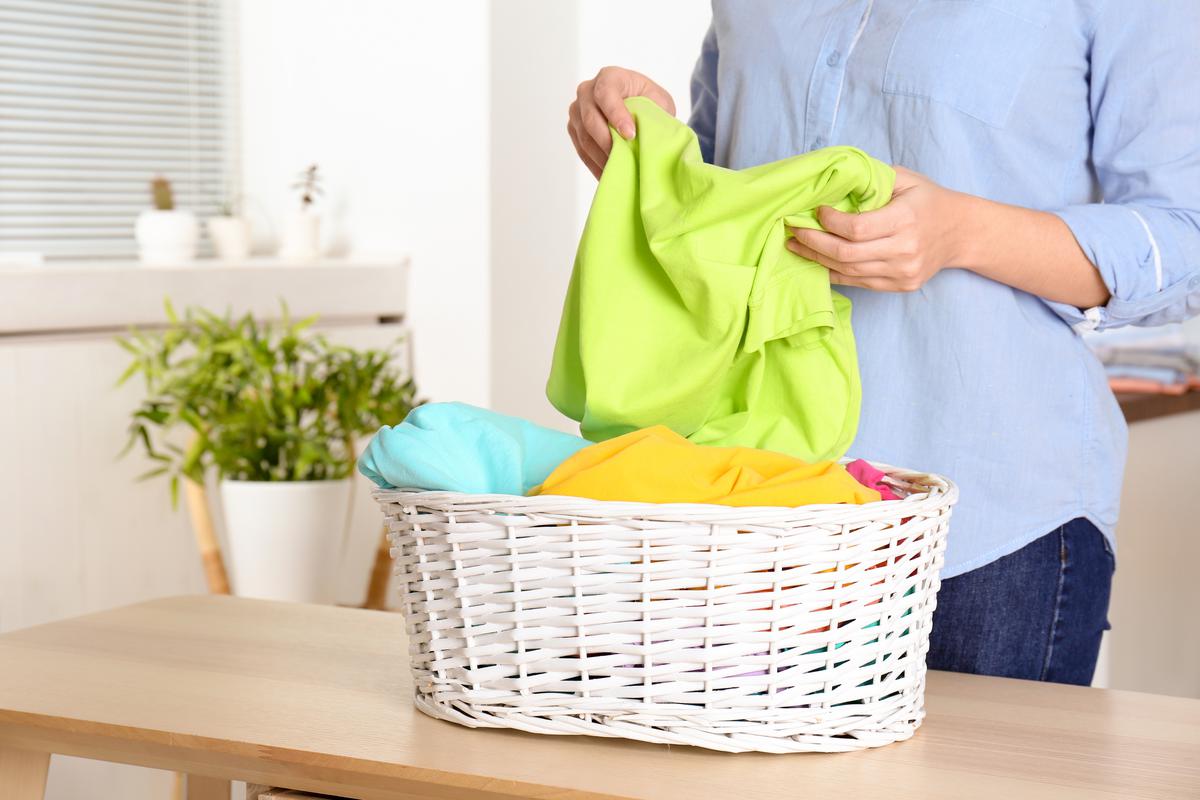

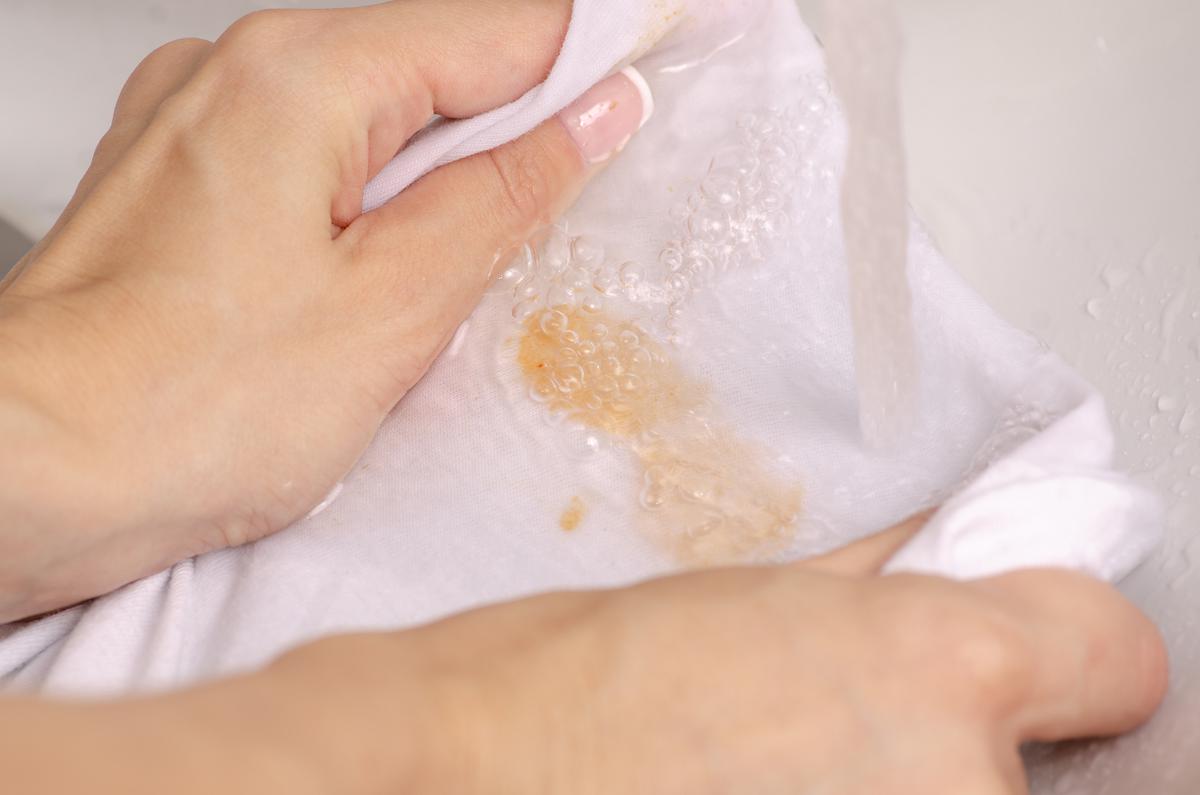
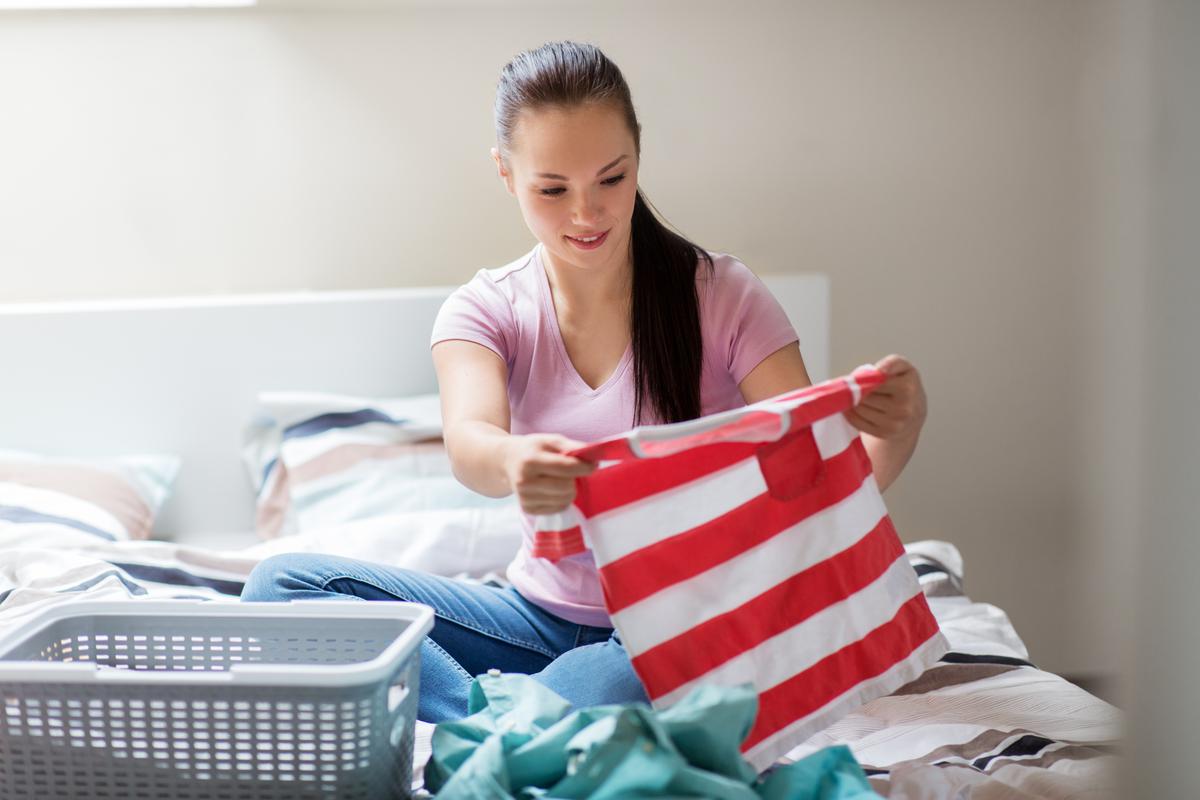




comments